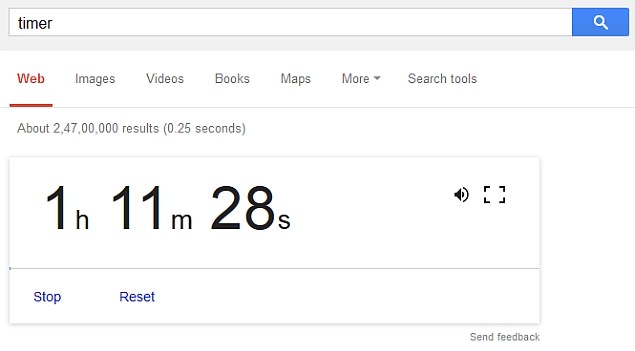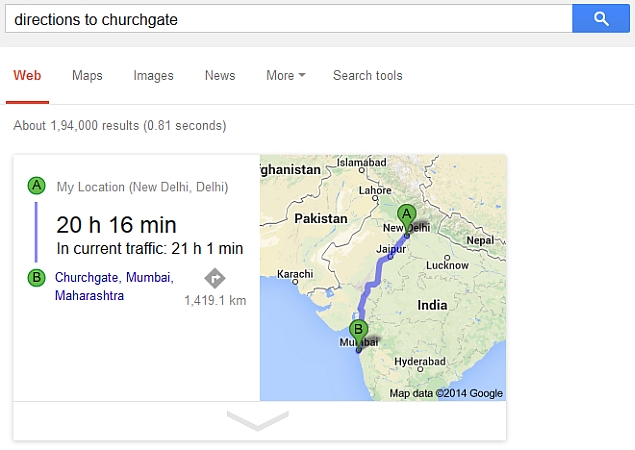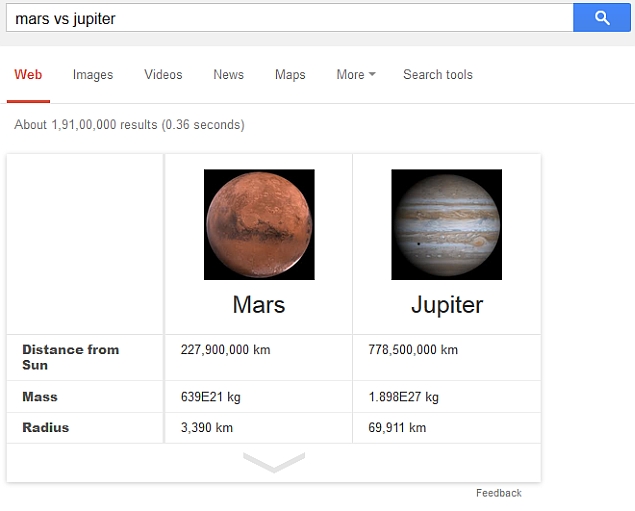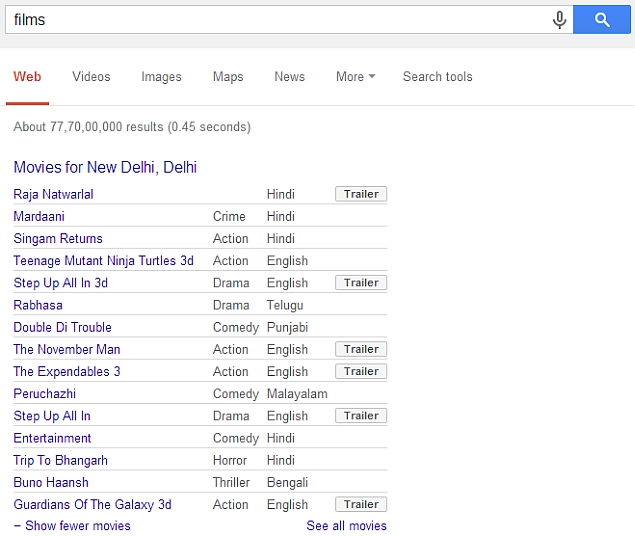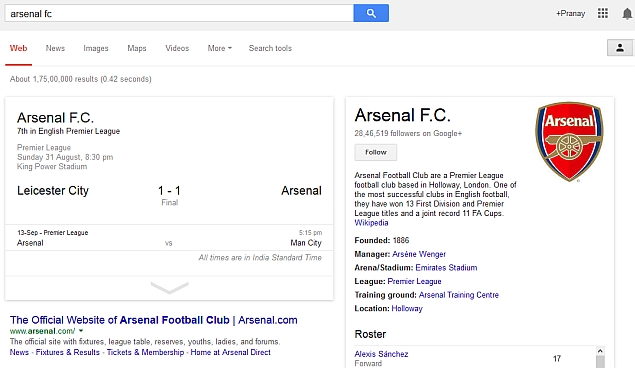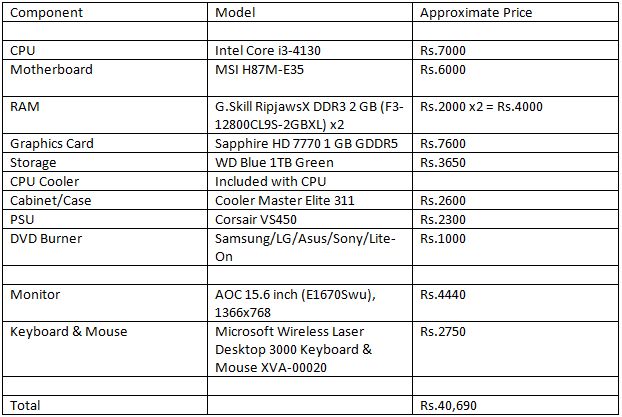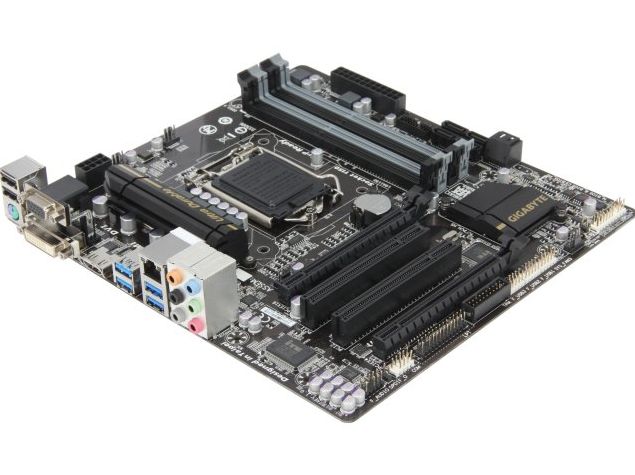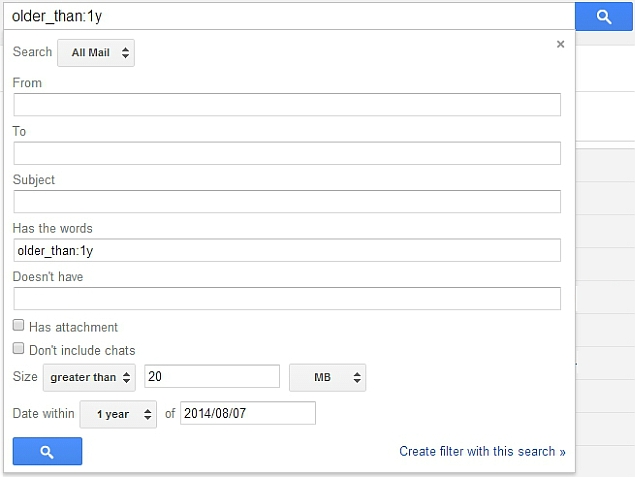A lot of people in our
industry haven’t had very diverse experiences. So
they don’t have enough dots to connect, and they end
up with very linear solutions without a broad
perspective on the problem. The broader one’s
understanding of the human experience, the better
design we will have.
:Steve Jobs
Although we have been talking about skills as a part of the collection of qualities that combine to make you an individual, this does not mean that these skills are as fixed as your height, or as difficult to change as the shape of your nose. Personal skills can be acquired, developed and improved.
A shy person may be able to speak fluently and confidently when discussing a subject (e.g. politics; a favourite writer) which they know well and feel strongly about; somebody who considers themselves "hopeless at maths" on the grounds of a low GCSE grade may happily work out their living expenses for each term and evaluate the various loan options available. Your interests may also influence the skills that you choose to develop.
You should now have a short-list of skills that you wish to improve: you may also have noted down some ways in which you might do this. These could include the following:-
Play sport!The Sport Industry Research Centre calculated that the average graduate who played sport while studying earns £5,824 (18%) more than those who didn't. 21% of graduates who played sports had experienced unemployment compared to 27% of those who didn't. Sporting students develop skills such such as team work, communication and leadership. |
Through extra-curricular activities e.g.
- Teamwork (in a sports team, organising a society event);
- Lateral Thinking (thinking of ways to raise money during Rag Week);
- Writing (writing for the student newspaper).
Through your home life
e.g. Organisation and Planning (combining running a home and family with your studies if you are a mature student).Through your course
Course projects, dissertations and extended essays can be particularly valuable here. As well as the skills of independent research, and planning and organising your own work which they bring, sometimes you can choose the topic so that it is relevant to the type of work you wish to enter, giving a strong plus point for your CV.| The sort of people that we’re looking for are the people who will go out and find the opportunities. The opportunities are out there. You’ve got sports societies, the student union, the university squadron, voluntary work, paid employment: it’s out there, it’s just whether people can be bothered to go and do it…I think it’s down to the individual.
Royal Navy
|
- Analytical skills: the ability to debate and argue a case interpreting complex material; picking out inconsistencies in reasoning; analysing data from an experiment.
- Written Communication: expressing yourself clearly, using language with precision; constructing a logical argument; writing reports; proper writing up of experiments and projects.
- Verbal Communication: entering into discussion and debate in seminars; expressing yourself clearly and confidently; thinking quickly.
- Investigating: gathering material for essays; comparing sources of information and selecting from them to support your argument; using databases to search for material; researching for a project.
- Numeracy: interpreting and constructing statistics; analysing data and presenting it in graphical format.
- Planning and Organising: managing the workload of several courses simultaneously; meeting essay deadlines; designing and carrying out surveys; balancing academic work with extra-curricular activities and/or employment.
- Teamwork: group projects, seminars.
- Information Technology: entering data onto a spreadsheet, using the Internet to find information. Designing a web page. Programming.
- Technical Skills: knowledge of specific techniques. e.g. NMR, chromatography, practical lab. skills developed on placements.
Through work shadowing
e.g. Investigating (talking to people about their work); Decision Making (whether or not to pursue this career further).Through vacation and part-time work
| "Academic qualifications are not our
only important requirement. We will also expect you to have taken on
positions of leadership and responsibility and show real ability to
take initiative."
MARKS AND SPENCER
|
Students often say "I haven't done any real vacation work - not anything that would be relevant to a career - just a bit of shop work, bar work, waiting on tables and so on. I couldn't put anything like that on an application form".
But what employers tell us is that they do value this type of work experience and wish that students would make more of it on their application forms!
Here are some of the skills that you might gain from shop, bar or restaurant work:
- Dealing with customers (courtesy, social confidence, tact)
- Handling money (numeracy, integrity)
- Working under pressure
- Organisation & planning (to meet peak demand)
The Careers Service has a vacancy database listing vacation jobs and courses. Also see our Work Experience page
Examples of ways to develop skills.
You could also use these as evidence in an application to show you had these skills.
WRITING skills
|
SPEAKING skills
|
ADAPTABILITY
|
CO-OPERATING skills
|
ANALYSING skills
|
INITIATIVE
|
PLANNING and ORGANISING skills
|
LEADERSHIP skills
|
SELF RELIANCE
|
NEGOTIATING skills
|
PERSUADING skills
|
NETWORKING
|
INVESTIGATING skills
|
LISTENING skills
|
LEARNING NEW SKILLS
|
DECISION-MAKING skills
|
NUMERACY
|
COMMERCIAL AWARENESS
|








